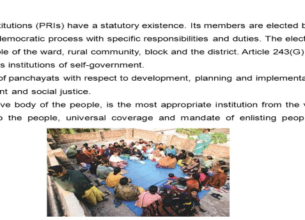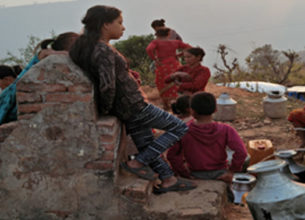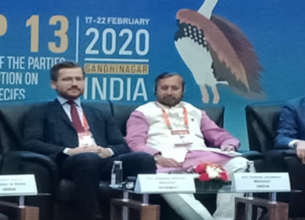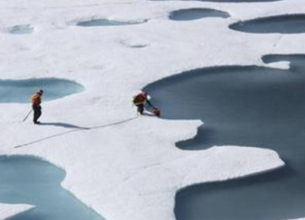Compensation against damage due to Climate Change
18, Nov 2022

Prelims level : Environment
Mains level : GS-III Environment & Biodiversity | Conservation, Environmental Pollution & Degradation, Eia
Why in News?
- At the recent G-20 summit in Bali, several developed countries have pledged USD 20 billion to wean Indonesia off coal.
Highlights:
- The United States, Japan, Canada and six European countries signed the accord with Indonesia on the sidelines of the G20 summit in Bali to ensure a “just power sector transition” away from Indonesia’s coal-dependent economy.
- Under the deal, Indonesia, home to the world’s third-largest rainforest, pledges to be carbon-neutral by 2050, 10 years earlier than previously planned, and to almost double its renewable energy generation by 2030.
- The U.S. and Japan have led the International Partners Group to mobilise funds from the public and private sectors to support Indonesia’s efforts. These countries pledged to raise at least $20 billion to help Indonesia.
Compensation against loss and damage due to climate change:
- Climate reparations are loss and damage payments which are based on the concept of reparations. Climate reparations are a form of climate justice, in which compensation is necessary to hold countries accountable for loss and damage resulting from historical emissions, and is an ethical and moral obligation.
- Between 1900 and now, developed countries have benefited from industrial development, which also led to greenhouse gas (GHG) emissions.
- Data from the Global Carbon Project shows that between 1751 and 2017, 47% of the CO2 emissions came from the U.S. and European countries. In total, this makes just 29 countries.Study shows that emissions attributable to the U.S. over 1990-2014 caused losses that are concentrated around 1–2% of per capita GDP across nations in South America, Africa, and South and Southeast Asia, where temperature changes have likely impacted labour productivity and agricultural yields.
- Communities that are highly vulnerable to climate impacts are particularly prone to experiencing loss and damage when they experience climate impacts beyond what they can adapt to due to a lack of access to finance to implement adaptation measures.
- Developing countries were relatively late in starting out on economic development and they are contributing to emissions now, but it is unfair to ask them to stop economic development in light of climate change instead of strict actions by developed countries.
- Historical responsibility is important because carbon dioxide remains in the atmosphere for hundreds of years, and it is the cumulative accumulation of this carbon dioxide that causes global warming.
India’s emissions:
- India is among the top seven emitters. India along with China, the EU-27, Indonesia, Brazil, the Russian Federation and the U.S. plus international transport, accounted for 55% of global GHG emissions in 2020.
- Collectively, G-20 members are responsible for 75% of global GHG emissions.
- In the context of India’s population, its emissions are far lesser per head, compared to other countries.
- World average per capita GHG emissions were 6.3 tonnes of CO2 equivalent (tCO2e) in 2020. The U.S. is at 14, followed by 13 in the Russian Federation and 9.7 in China.
- India remains far below the world average at 2.4.














